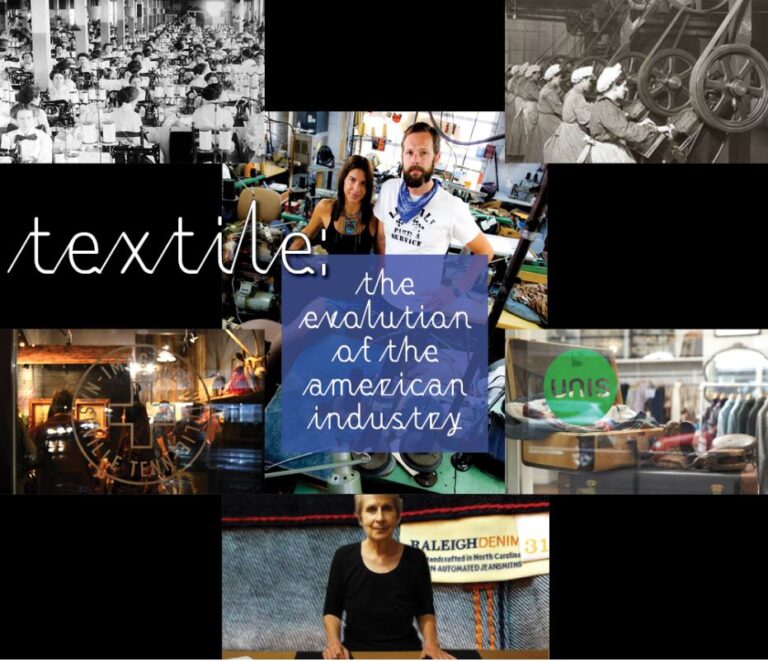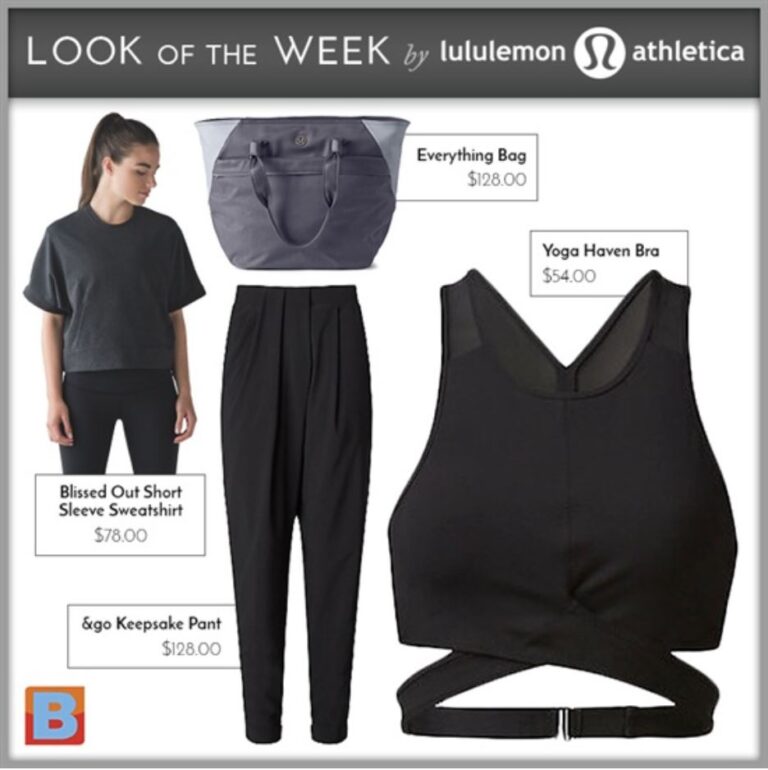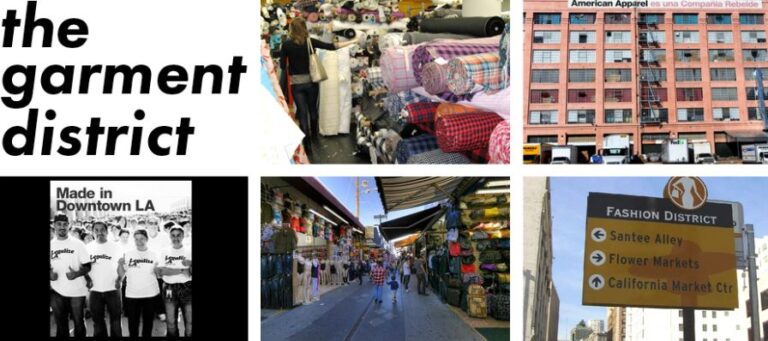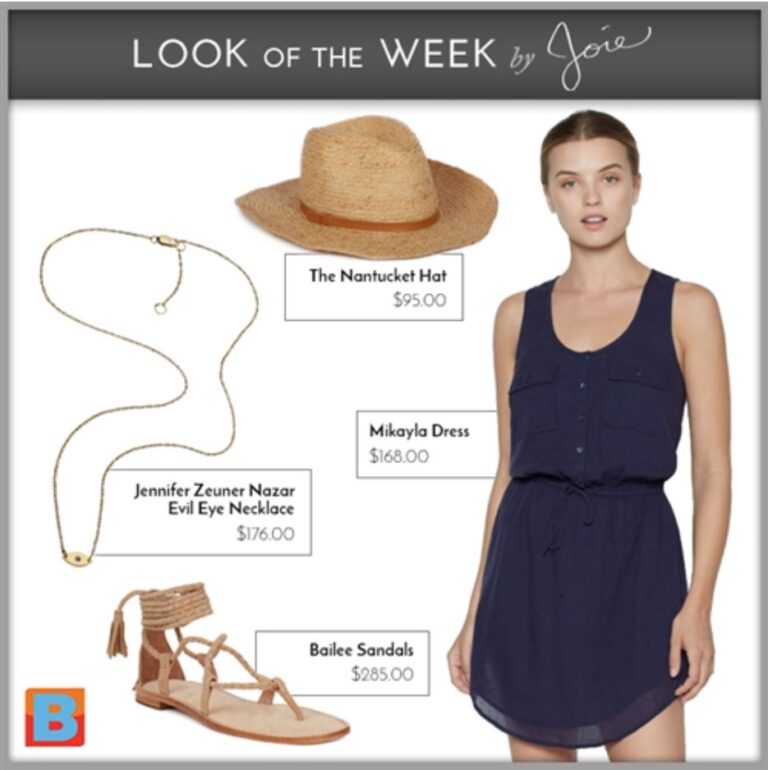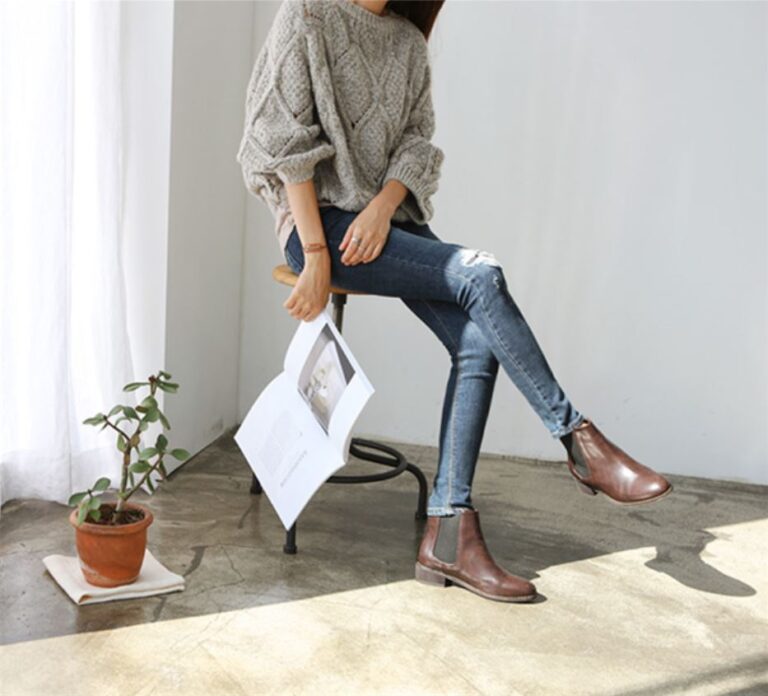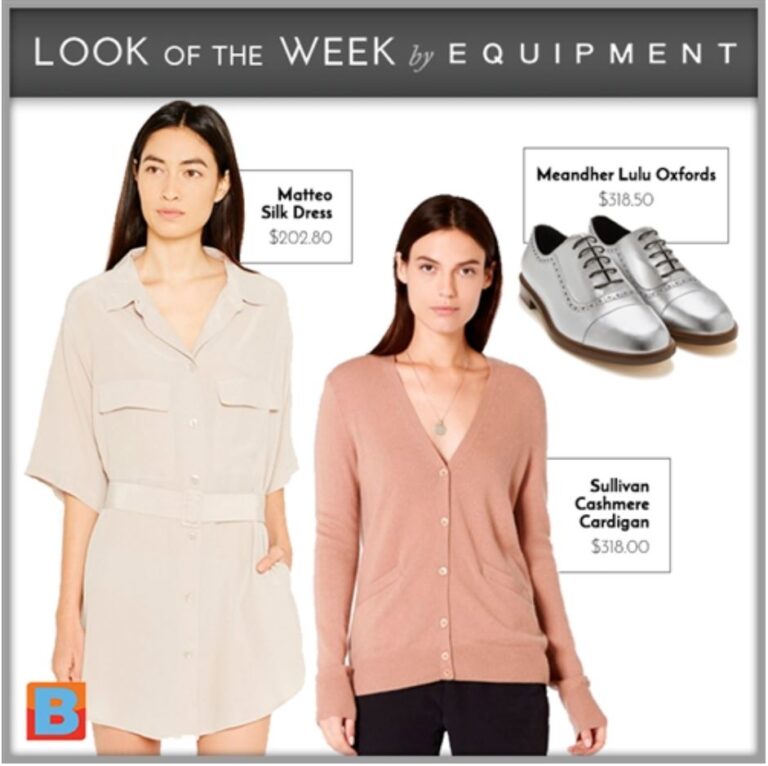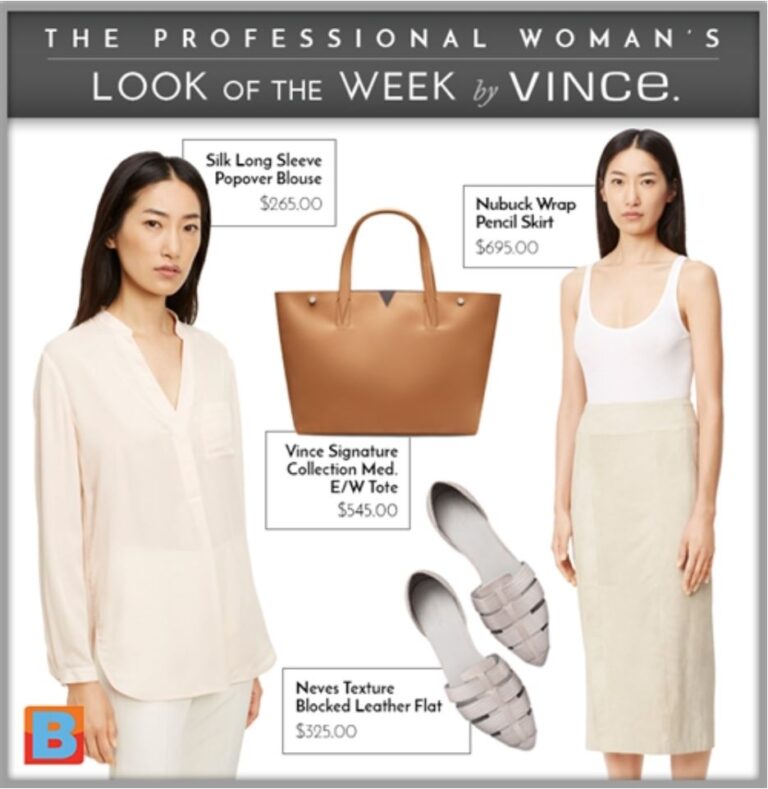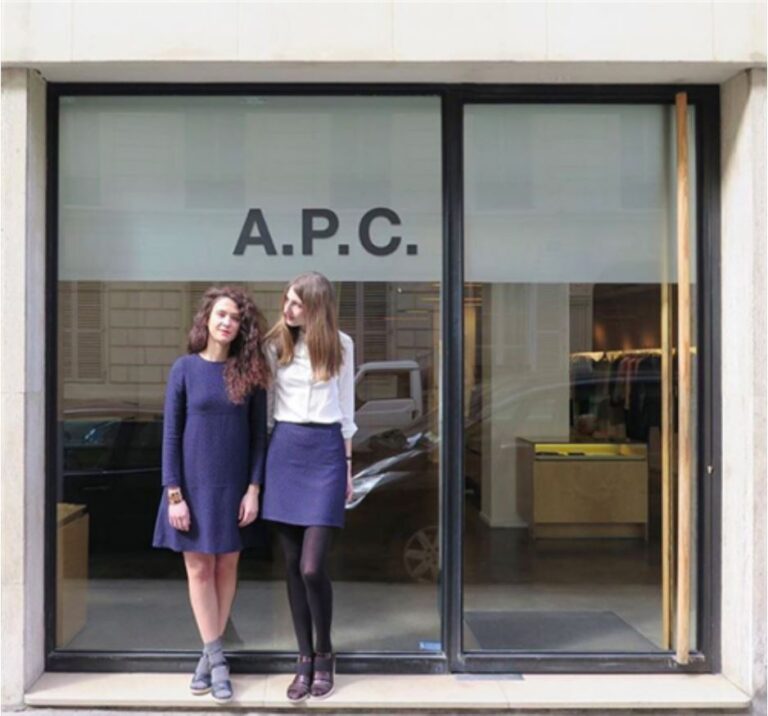The original idea of a modern skirt was born during the 15th century form the gotic sukiene, which split into two elements : the corset and the skirt. The skirt has become a staple for females and has changed in volume, length and shape throughout centuries. Let’s take a quick look at various skirt types existing between the 15th and 19th century.
Smock
The smock functions as protection for garments and has remained this way since the Egyptians. It was also used by aristocratic women during the 19th century, while they embroidered linen. In some cases, the smock was embellished with precious lace, to be part of a sophisticated women’s attire.
Bell-Shaped Skirt
A wide shaped skirt that is shaped to create a bell-inspired shape. The accent of volume at the hips is a clear tribute to female fertility. This is the most popular and iconic skirts of all time and is widely used to outfit a princess in a fairy-tale story.
Crinoline
Made from horsehair, crinoline is a rigid structure and was developed in the 18th century. It was originally used for a soldiers’ collar and was then made to be a part of a women’s wardrobe. The skirt was made to enhance width and was made out of soft fabrics for padding, wooden frames, whalebones, bamboo circles and air chambers.
Train
The train was a sophisticated silhouette, gave importance to women and was used mostly by aristocratic families. In some European courts, the length of the train was also determined by the noble rank. The longest train recorded in history was worn by Catherine of Russia for her coronation trailing behind at 230 feet long and 22 feet wide – it was carried by 50 pageboys.
Cul de Pairs
The Cul de Paris first appeared during the 18th century and was in trend during 1880. The skirt has a padded back and made with iron circles or whalebones, it is then decorated with bows and ruffles.
Hobble-Skirt
This is a long skirt and narrows at the ankles. This was fashionable between 1910 and 1914. This is the story of it’s origin, as written in a newspaper from that period:
“The silhouettes give the chance to be noticed in a decent way, respecting traditions, with a grotesque result…At the beginning no divas were enthusiastic about this Paqiun’s creation. Even Sarah Bernhardt, who had an extravagant style, refused to wear the skirt. But Madame Sorel, who was very famous for her exquisite taste, needed a dress to appear in a frame of a movie, standing for a long time, leaning against a pillar. In order to appear in great shape, Madame Sorel needed a smart resolution. The hobble-skirt seemed to have all the qualities: if you want to wear it you should stay still like a statue. After that the bobble-skirt became a successful item and women went crazy for it. They wanted to take a walk or dance in it, sure to have the most glamorous and equally uncomfortable outfit ever. At the time the skirt was described as pure madness.”
Culottes
This sporty skirt was very famous in France, where it was called jupe-culotte. It was worn by gentlemen and female of the European upper-classes during the 1930s. It was developed for horseback riding so that women could sit astride a man’ saddle rather than riding side saddle. It looks like a skirt with wide pleats in the front, but when in movement it revealed the shape of trousers.



